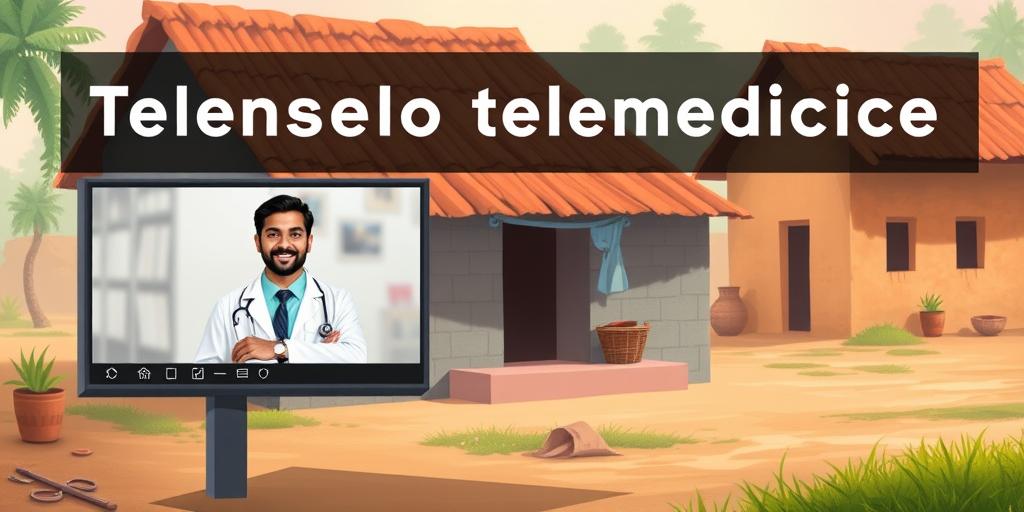Telemedicine in Rural India: Challenges and Triumphs by 2025
Telemedicine, the use of technology to provide healthcare remotely, holds immense potential for transforming healthcare delivery in rural India. By 2025, significant strides are expected in overcoming existing challenges and leveraging telemedicine to improve access, affordability, and quality of healthcare for underserved populations. This article explores the current landscape, anticipated advancements, and persistent obstacles in the path of telemedicine’s widespread adoption in rural India.
Current Scenario
Currently, rural India faces a severe shortage of healthcare professionals and infrastructure. Telemedicine initiatives are gradually bridging this gap by connecting patients in remote areas with specialists in urban centers. These initiatives utilize various technologies, including:
- Video conferencing: For real-time consultations and diagnoses.
- Mobile health (mHealth): Using mobile devices for health monitoring and education.
- Remote monitoring devices: Tracking vital signs and health parameters.
- Electronic health records (EHRs): Facilitating seamless information exchange.
Despite these advancements, challenges remain in terms of connectivity, digital literacy, and awareness among the rural population.
Anticipated Triumphs by 2025
By 2025, several key triumphs are anticipated in the realm of telemedicine in rural India:
- Improved Connectivity: The expansion of internet infrastructure, including the BharatNet project, will enhance connectivity in rural areas, making telemedicine services more reliable and accessible.
- Increased Digital Literacy: Government and NGO-led initiatives aimed at promoting digital literacy will empower rural communities to effectively utilize telemedicine services.
- Enhanced Affordability: As technology becomes more accessible and competition among telemedicine providers increases, the cost of consultations and remote monitoring is expected to decrease, making healthcare more affordable for rural populations.
- Specialized Healthcare Access: Telemedicine will facilitate access to specialized healthcare services, such as cardiology, dermatology, and mental health, which are often unavailable in rural areas.
- Reduced Travel Costs and Time: Patients will be able to avoid long and expensive journeys to urban centers for medical consultations, saving time and money.
- Improved Healthcare Outcomes: Early diagnosis and timely intervention through telemedicine will lead to improved health outcomes and reduced mortality rates.
Persistent Challenges
Despite the promising outlook, several challenges need to be addressed to ensure the successful implementation of telemedicine in rural India by 2025:
- Infrastructure Gaps: Inadequate infrastructure, including reliable power supply and internet connectivity, remains a major impediment in many rural areas.
- Digital Divide: The digital divide between urban and rural areas, as well as among different socio-economic groups, needs to be bridged through targeted interventions.
- Lack of Awareness: Many rural residents are still unaware of the benefits of telemedicine and its potential to improve their health.
- Regulatory Framework: A clear and comprehensive regulatory framework is needed to ensure the quality and safety of telemedicine services.
- Data Privacy and Security: Robust measures are required to protect patient data and ensure confidentiality.
- Integration with Existing Healthcare Systems: Telemedicine needs to be seamlessly integrated with existing healthcare systems to avoid duplication and ensure continuity of care.
Conclusion
Telemedicine holds tremendous promise for transforming healthcare in rural India by 2025. By addressing the existing challenges and leveraging technological advancements, telemedicine can significantly improve access, affordability, and quality of healthcare for underserved populations. A collaborative effort involving the government, healthcare providers, technology companies, and community organizations is essential to realize the full potential of telemedicine in rural India.
